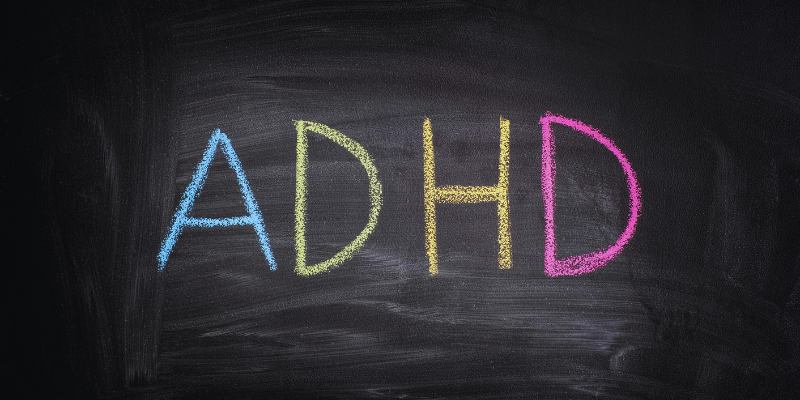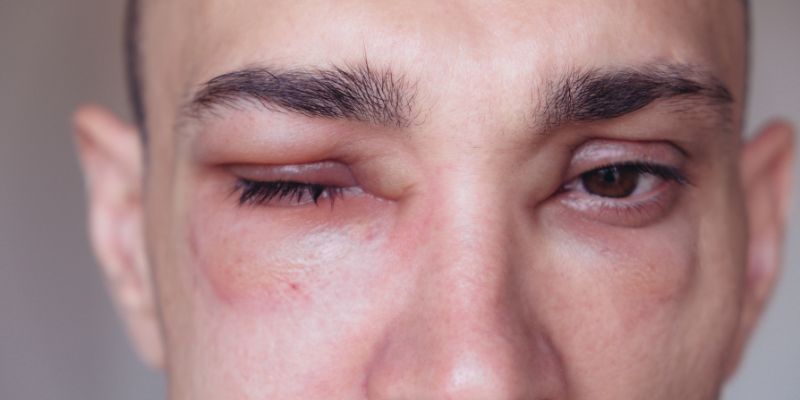How To Effectively Treat Pseudotumor Cerebri: A Comprehensive Guide
Without a real tumor, pseudotumor cerebri—also called idiopathic intracranial hypertension—raises cerebral pressure. It causes nausea, dizziness, severe headaches, and vision problems. Untreated, it can cause lifelong blindness. Preventing complications depends on controlling symptoms. Effective treatment for pseudotumor cerebri calls for medicines, weight loss, and surgical possibilities.
Furthermore, lifestyle changes are beneficial in safely reducing brain pressure. Regular medical monitoring is essential for better treatment of symptoms. Managing intracranial hypertension naturally using nutrition, exercise, and stress reduction enhances general well-being. This guide details several therapy choices, from medicines to lifestyle modifications. Understanding these strategies helps people control symptoms and improve their quality of life.
Medications for Pseudotumor Cerebri
Medication prescriptions from doctors help to reduce intracranial pressure. The most often used diuretic, acetazolamide lowers production of cerebrospinal fluid (CSF). It releases pressure and stops more issues from arising. If patients have side symptoms, furosemide could be advised. Though they help control headaches, painkillers like ibuprofen should be used sparingly. One can get rebound headaches from overuse. Another useful medicine, topiramate, reduces brain pressure and helps weight reduction.
Though they are not a long-term fix, steroids assist in lowering inflammation in extreme situations. Migraine medicines can also be recommended if headaches continue despite previous therapies. Regular patient monitoring by doctors helps them to modify dosages depending on symptoms. If medicines fail to bring relief, other therapies could be required. Medical monitoring guarantees the best results and helps to stop the aggravation of diseases.

Lifestyle Changes for Symptom Management:
Lifestyle changes greatly affect symptom control. Weight loss is a major consideration since obesity is correlated with raised intracranial pressure. Studies reveal that 5–10% body weight loss might greatly ease symptoms. A low-sodium diet helps to avoid fluid retention, which could aggravate pressure. Patients should cut out processed foods and eat fresh fruits and vegetables. Just as vital is hydration; drinking adequate water helps the brain function and circulate.
Regular swimming, yoga, or walking increases blood flow and supports weight maintenance. Still, rigorous workouts should be avoided since they could raise cerebral pressure. Reducing drink and caffeine helps to lower pressure swings and the frequency of headaches. Good sleep hygiene increases general well-being using a routine and dark, calm surroundings. Stress management, through meditation and deep breathing, also aids in symptom control. Combining medical treatment with lifestyle modifications improves outcomes and stops symptom progression.

Importance of Regular Eye Examinations:
If poorly controlled, pseudotumor cerebri might cause vision loss. Frequent eye visits enable early detection of changes in optic nerve condition. Vision tests include visual field measurements of peripheral vision loss and optical coherence tomography scans to evaluate optic nerve edema. If swelling gets bad, quick treatment is required to avoid blindness. Patients should document complaints like blurry, double vision, or light sensitivity.
Avoiding eye strain also preserves vision. Patients should use appropriate lighting and pause often from screens. Protective eyewear helps prevent further damage. Regular visits guarantee fast intervention and help avoid issues. Pseudotumor cerebri care depends on the condition of the eyes; hence, early identification is essential for long-term well-being.
Surgical Options for Severe Cases:
Surgery becomes required when lifestyle changes and medicines cannot control symptoms. Though they offer temporary relief, lumbar punctures drain CSF fluid, not a permanent fix. Long-term relief is better served by shunt surgery. Reducing pressure, a ventriculoperitoneal (VP) shunt moves extra fluid from the brain to the belly. This operation stabilizes symptoms and stops visual loss.
Still, another choice is optic nerve sheath fenestration. This operation releases pressure on the optic nerve, therefore avoiding injury. Patients with severe visual problems especially find it quite helpful. Risky surgical operations include infections and obstructions, which calls for cautious assessment. Monitoring after surgery guarantees correct operation and helps to avoid problems. Based on the degree of the symptoms, doctors decide on the appropriate course of action. Although it is reserved for extreme circumstances, surgery offers great relief and stops long-term damage when called for.
Alternative and Complementary Therapies
Different approaches complement traditional medicine. Though scientific data is still scant, acupuncture is thought to increase blood flow and ease headaches. Though some herbal supplements, such as ginkgo biloba, may support brain function, patients should see a doctor before use. Many plants interact with prescribed medicines to cause negative effects.
Managing symptoms depends critically on a nutrient-rich diet; omega-3 fatty acids in nuts and seafood help lower inflammation; antioxidants from berries and leafy greens maintain nerve health. Preventing headaches connected to dehydration depends mostly on hydration. Patients should sip enough water all through the day. Gent yoga and stretching help relax muscles and correct posture, relieving pain. Though it should be done carefully, massage treatment can help release tension and stress. Though they have extra advantages, alternative therapies cannot replace medical care. A holistic approach improves control of symptoms.
The Role of Support Groups and Counseling:
One can find living with pseudotumor cerebri difficult. Managing the disorder depends much on emotional support. Support groups let consumers exchange stories and get direction. Online groups give a forum for discussing symptoms and treatment choices. Interacting with people going through comparable challenges helps ease isolation. Therapy and counseling let people control their worries and tension. Mental health suffers from chronic sickness; professional help is important. Therapists offer coping techniques meant to raise the quality of living.
Teaching family members about the illness promotes better knowledge and encouragement. Strong support systems enable patients to negotiate daily difficulties. As vital as physical therapy is mental health support. Taking care of mental wellness improves general recovery.
Conclusion:
Treating pseudotumor cerebri calls for medical treatment, lifestyle modification, and frequent monitoring in concert. Medications reduce cerebral pressure; dietary changes and weight management help to control symptoms. Though it offers long-term comfort, surgery is only for extreme instances. Preventing vision loss depends on regular eye exams; natural management of cerebral hypertension by exercise, water, and stress reduction enhances general well-being. Emotional direction comes from support groups and counseling. With the proper treatment schedule, people can control symptoms well. Early intervention guarantees greater results and stability of long-term health.











